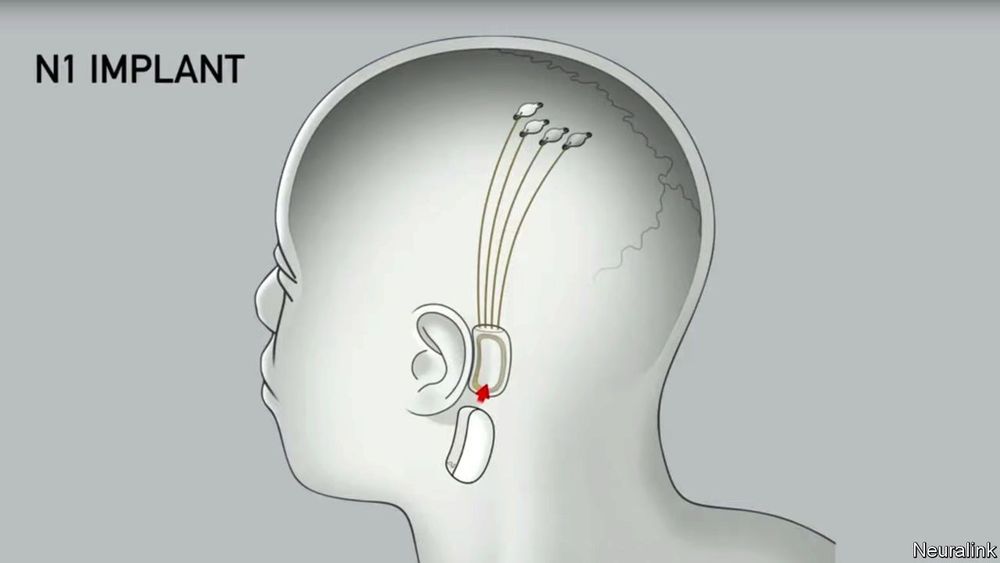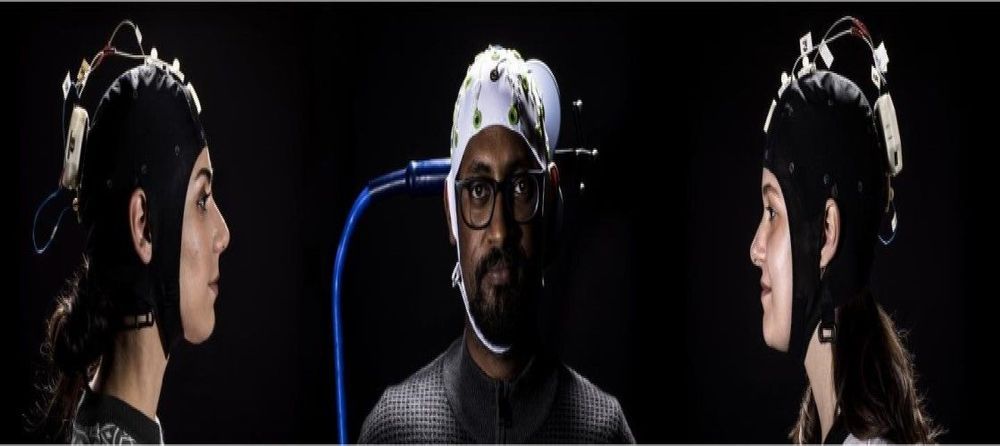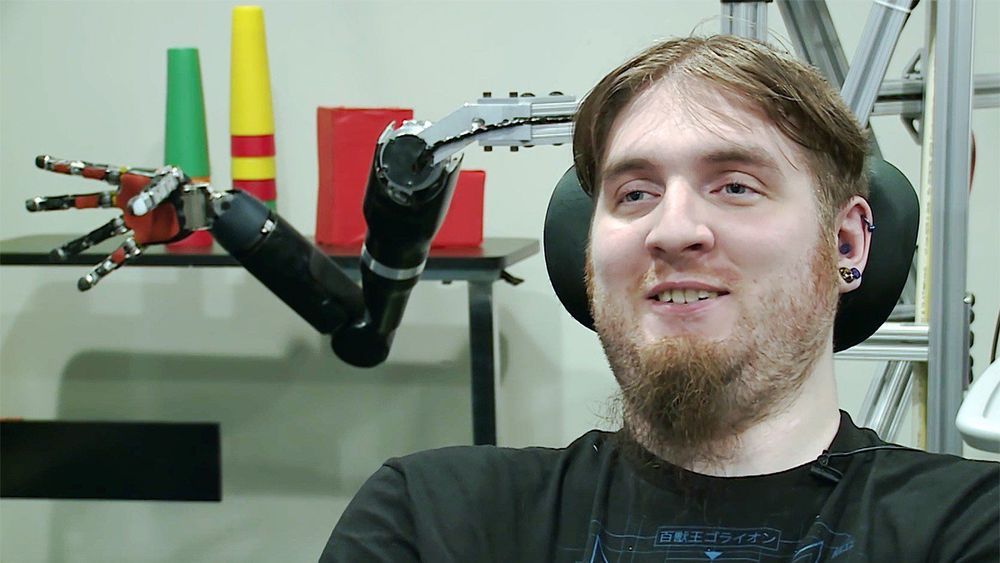Brain scans can now predict criminal behaviour.
Category: neuroscience – Page 1,036
Human brains naturally tuned to hear music
Compared to macaques, human brains respond much more strongly to music.

Computer use later in life may prevent cognitive decline
Researchers found that using a computer, playing games, and participating in social activities may reduce the risk of mild cognitive impairment.
New research suggests that playing games, using a computer, and having a rich social life can keep mild cognitive impairment at bay.
Our brains go through changes as we get older, and some people may experience issues with memory, thinking, or judgment.


It’s Coming: Brain-to-Brain Interface for Inviting People into Your Mind
“Get Out of My Head!”
For now, the phrase “Get out of my head,” is a lighthearted joke uttered when someone shares the same thought as a friend or colleague. But thanks to research in telepathic communications and computer technology by a team from the University of Washington, it could become a literal directive in the future.
Or, perhaps you’ll want to invite someone into your mind to help you solve a tricky problem. After all, two (or three) heads are better than one.

‘Majorana Photons’: New super-class of photons can travel with different wavefronts
Hailed as a pioneer by Photonics Media for his previous discoveries of supercontinuum and Cr tunable lasers, City College of New York Distinguished Professor of Science and Engineering Robert R. Alfano and his research team are claiming another breakthrough with a new super-class of photons dubbed “Majorana photons.” They could lead to enhanced information on quantum-level transition and imaging of the brain and its working.
Alfano’s group based its research on the fact that photons, while possessing salient properties of polarization, wavelength, coherence and spatial modes, take on several forms. “Photons are amazing and are all not the same,” Alfano says.
Their focus “was to use a special super-form of photons, which process the entanglement twists of both polarizations and the wavefront … and would propagate deeper in brain tissues, microtubules and neuron cells, giving more fundamental information of the brain than the conventional photon forms.”

Stanford team stimulates neurons to induce particular perceptions in mice’s minds
Hallucinations are spooky and, fortunately, fairly rare. But, a new study suggests, the real question isn’t so much why some people occasionally experience them. It’s why all of us aren’t hallucinating all the time.
In the study, Stanford University School of Medicine neuroscientists stimulated nerve cells in the visual cortex of mice to induce an illusory image in the animals’ minds. The scientists needed to stimulate a surprisingly small number of nerve cells, or neurons, in order to generate the perception, which caused the mice to behave in a particular way.
“Back in 2012, we had described the ability to control the activity of individually selected neurons in an awake, alert animal,” said Karl Deisseroth, MD, Ph.D., professor of bioengineering and of psychiatry and behavioral sciences. “Now, for the first time, we’ve been able to advance this capability to control multiple individually specified cells at once, and make an animal perceive something specific that in fact is not really there—and behave accordingly.”

‘Almost perfect’ hearing for deaf with new tech
Dr. Wim Melis from the University of Greenwich is working on deconstructing and reconstructing audio signals with extremely high accuracy.
Audio is captured and, from there, converted into a spiking signal—the type the brain uses. This is then fed into the brain and reconstructed as a 90–100 percent replica of the original sound.
Current technologies, known as cochlear implants, only achieve a fraction of this. They do the work of damaged parts of the inner ear (cochlea) to provide sound signals to the brain, whereas hearing aids make sounds louder.

Man with brain implant on Musk’s Neuralink: “I would play video games”
The three-hour event was part marketing spectacle and part dry technical explainer. Musk and his team members described the brain-machine interface design they’re betting on, which will employ dozens of thin wires to collect signals in the brain, and which they want to try out on paralyzed people soon, so they can type with their minds. Their eventual aim is to connect those wires to a thought transmitter which tucks behind your ear like a hearing aid.
Well, it’s pretty cool. It seemed like maybe it will work the way they want down the road, but it probably doesn’t work that way now. A couple of years ago, when I heard he was working with a neural interface, I said I would be there in a heartbeat. I was joking, but it’s interesting to think about what I am going to do when I get explanted. I am coming up on my five years. Then the FDA says my implants may have to come out. Neuralink talked about longevity of the implant and also a large number of electrodes. I always say I wish they had put more electrodes into me.
Basically, the more electrodes you have, the more neurons you record from, so I would imagine higher-degree tasks would be easier. I am limited to thinking about my right arm and hand. I thought it would be good to have more control. I always want to play more video games.
I was going to school at Penn State, Fayette, for nanofabrication, so I didn’t have a job, I was in school.

Brains scale better than CPUs. So Intel is building brains
Pohoiki Beach appears to be step two of Intel’s process-architecture-optimization development model. Step three, a larger integration of Loihi chips to be called Pohoiki Springs, is scheduled to debut later this year. Neuromorphic design is still in a research phase, but this and similar projects from competitors such as IBM and Samsung should break ground for eventual commoditization and commercial use.
The new Pohoiki Beach builds on the 2017 success of Intel’s Loihi NPU.